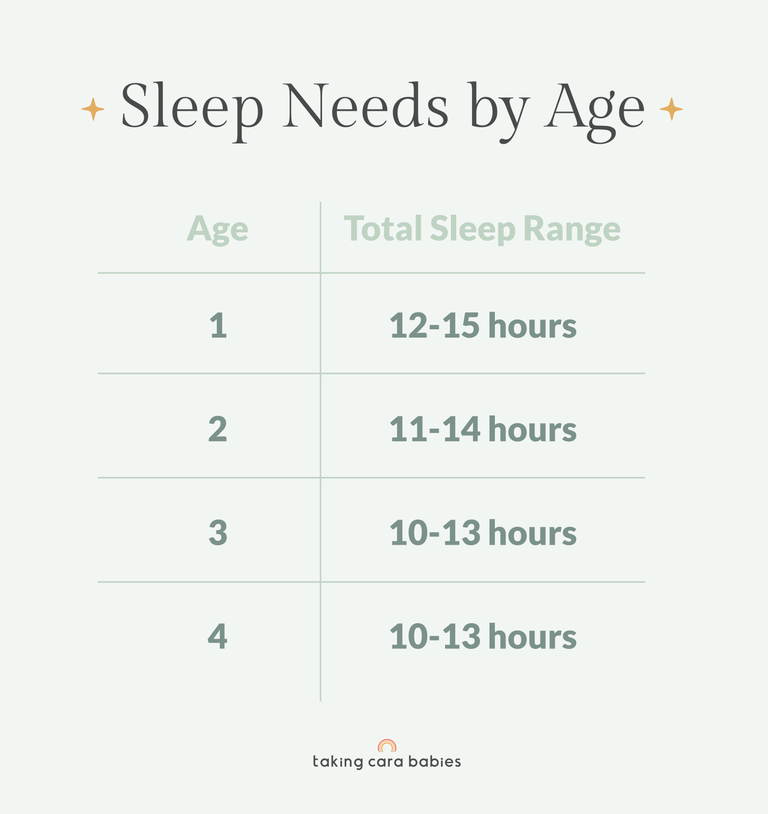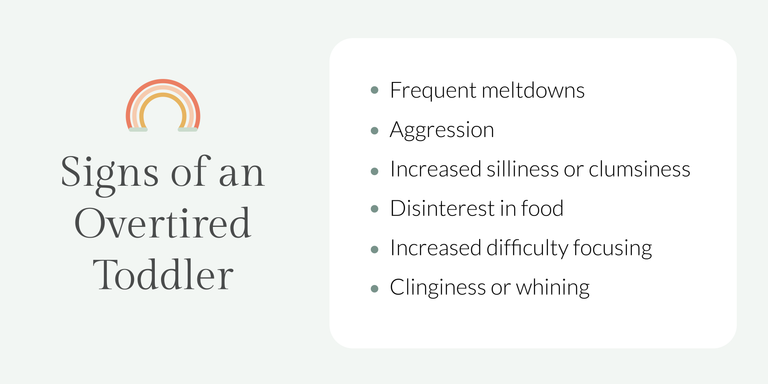Is your toddler refusing to nap, but you know they still need it? I know this can be hard. Let’s talk about why your toddler won’t nap and what to do when your toddler refuses to nap.
Taking Cara Babies Classes
Why do toddlers need naps?
Sleep is vital for our little one’s development and health. For most toddlers, the sleep they get at night simply isn’t enough. The only way to meet their sleep needs is to maintain a nap. This nap is important for most toddlers until about their 4th birthday (or, for some, even after).
Research (1,2,3) tells us sleep helps with mental, emotional, and physical growth. While you may see naps look different during the toddler years, I rarely recommend dropping a toddler’s nap before we know they are truly ready.
If sleep has always been a struggle for your toddler, my Toddler Sleep Training class can help. I’ll walk you through a step-by-step, customizable plan for independent sleep for nights and naps while remaining emotionally connected to your little one. You can see what parents have to say about how it helped their toddler:
Is it okay if my 2, 3, or 4 year old skips a nap?
An occasional missed nap won’t derail a great little sleeper. So, if you have a special family gathering or other important event that means your toddler’s nap will be short or missed, it’s okay (and even good) to be flexible. If the nap is short or doesn’t happen, you can aim for an early bedtime (as early as 6:00 pm) that night.
Expert Tip: Most toddlers are not ready to regularly skip naps or drop their nap entirely until close to their 4th birthday.
How do I know if my toddler still needs a nap?
Most toddlers need a nap until around 4 years old.
If your toddler is refusing to nap and you’re not sure whether it’s needed, let’s observe their behavior. A toddler who skips a needed nap will show signs of overtiredness in the late afternoons and evenings. Here’s what those look like:
What are the reasons my toddler won’t nap?
If this change is sudden, we always want to check for physical discomfort or illness first. If your toddler isn’t comfortable, it’s going to be difficult to settle for sleep.
If you’re sure your toddler is healthy, we can look at common culprits of toddler nap struggles:
-
Overtired. A toddler may have trouble falling asleep and staying asleep at nap time if they’re overtired.
-
Not tired enough. If your toddler hasn’t had enough active awake time before a nap they may struggle to fall asleep or stay asleep.
-
Developmental progression. Short naps, nap protests, and nap refusals can be common signs that your little one is working on some new skills.
-
Big changes. Naps may get tricky when starting a new school or daycare, expecting a new sibling, potty training, or during other major transitions that often happen during the toddler years.
-
Separation anxiety. Peaks of separation anxiety during the toddler years can also cause nap refusals.
What do you do if your toddler is refusing a nap?
Here are some practical tips to help with toddler nap refusals:
1. Consider your schedule.
As your toddler gets older, wake windows increase. Following age-appropriate wake windows helps ensure that your toddler has enough sleep pressure — not too much and not too little — to fall asleep and stay asleep. Consider if your toddler’s nap needs to start a bit later.
2. Implement a calming nap routine.
Your toddler needs time to wind down and a comfortable environment to fall asleep and stay asleep. A nap routine does just that: cues your toddler’s brain and body that it’s time to sleep. It doesn’t have to be complicated or long (Think 5-10 minutes). Do the same things in the same order before each nap. That could look like: go potty, read a story, darken the room, turn on the sound machine, give a hug and kiss.
3. Check the environment.
To set your toddler up for nap success, we want to be sure that the environment is conducive to sleep. This typically includes a pitch dark room, a sound machine consistently humming in the background, a comfortable temperature for sleep, and a space free of exciting distractions.
Expert Tip: Try avoiding screen time at least an hour before nap time. For some toddlers, screen time is very stimulating and can make it harder to calm their brain and body before sleep.
4. Be consistent.
Toddlers thrive with loving boundaries. They need you to be clear about your expectations AND stick to them. Even if your little one is refusing to nap, continue to offer the nap and stay committed to the boundary you set. Your consistency around nap time provides your little one with the security and predictability they need.
5. Know that help is available.
Sleep doesn’t have to be a battle. If you’re ready to get your toddler’s sleep on track, my class can help. I’ll give you an easy-to-follow, developmentally-appropriate approach to help you have a great little sleeper.












